A thorough examination of a home’s condition plays a crucial role in the buying or selling process.
Home inspections, often detailed and systematic, require a specific amount of time based on the property’s size.
Inspecting an average house thoroughly typically requires between two to three hours. However, this duration may change based on the home’s size and the specific elements it comprises.
For both sellers and buyers, knowing how long an inspection might take and preparing adequately can significantly impact the outcome.
This article offers insights into the duration of home inspections and practical advice for preparation.
Key Takeaways
- It takes two to three hours to inspect a 2,000-square-foot house.
- For each additional 500 square feet, you should expect an extra half an hour.
So, How Long Does It Take?
The duration of a home inspection varies, primarily depending on the size of the property. A standard 2,000-square-foot house typically requires two to three hours for a thorough inspection. For properties larger than this, an additional 30 minutes is necessary for every extra 500 square feet.
However, several factors can influence these time frames, making some inspections shorter or longer, such as:
Property Size
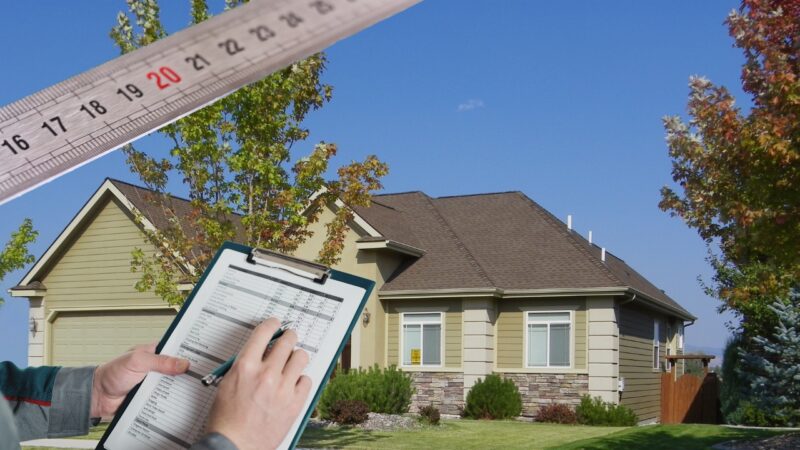
The most straightforward factor affecting the duration of a home inspection is the property’s square footage. Larger homes have more areas to cover, from additional rooms to extra features like basements or attics, requiring more time for a comprehensive review.
It also includes external elements and outdoor areas, such as a summer house, yard, outdoor seating area, pool, and barbeque pit. Features like these are sometimes crucial in buying a particular house and inspecting these areas will take a longer time.
Age of the Property
Older homes may take longer to inspect due to the potential for outdated systems, structural issues, and the need for a more detailed examination of the property’s integrity over time. Inspectors must assess wear and tear, modifications, and repairs more meticulously. There are certain problems with some houses that are not immediately visible. It is important to check whether there is moisture and the overall quality of all systems.
Sometimes a detailed renovation can cost almost as much as the whole house if it is an old property. And that is perhaps the most important step in determining whether taking a certain property is worth it or not.
Condition of the Property
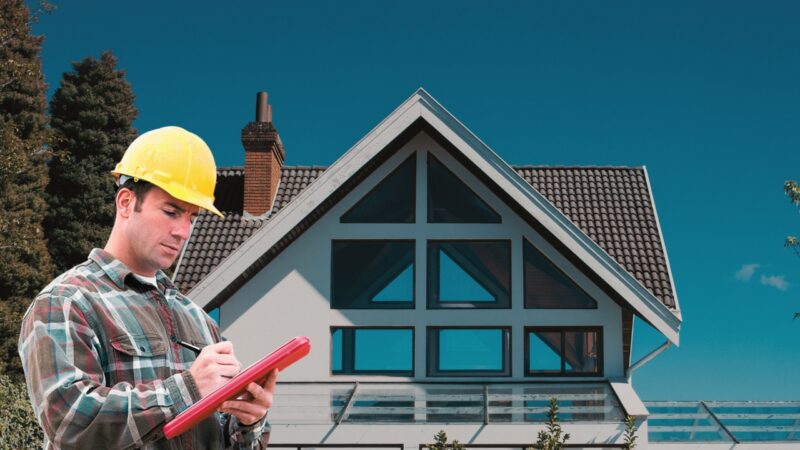
A well-maintained home can reduce the inspection process, as fewer issues need detailed investigation. Conversely, properties with visible damage or neglect might extend the inspection duration, as inspectors delve into potential problems and assess their severity.
It doesn’t matter if the property is old or new, construction errors happen, or the materials used for building are poor. This can cause even relatively new properties to deteriorate more quickly.
A professional can determine whether high-quality materials were used for construction and roughly determine how long-lasting it is. All of this is part of the inspection process, and every additional detail increases the duration of the inspection.
Complexity of the Home
Homes with unique features, such as custom installations, swimming pools, specialized landscaping, or smart home systems, require additional time. Inspectors must evaluate these elements individually, adding to the overall inspection time.
Property with technological advancements or integrated home automation systems are also classified as complex. Also, features such as architectural details, and outdoor recreational facilities present additional challenges for inspectors.
Inspector Experience
The experience level of the inspector plays a role in the duration of the inspection. Seasoned inspectors, familiar with a wide range of issues and efficient in their process, might complete the inspection more quickly without compromising thoroughness.
In contrast, less experienced inspectors might take longer as they conduct a more cautious and detailed examination.
Number of Inspectors
The number of inspectors conducting the walkthrough can also impact the time required. A team of inspectors can cover more ground in less time, reducing the overall duration of the inspection.
Bad weather can slow down an inspection, especially if it limits access to the exterior of the home, including the roof and foundation.
Follow These Tips To Prepare for The Inspection
Preparing for a home inspection is an important step in the home buying or selling process. This makes the inspection run smoothly and helps spot possible problems early, making things easier for everyone involved.
Ensure All Utilities Are Connected
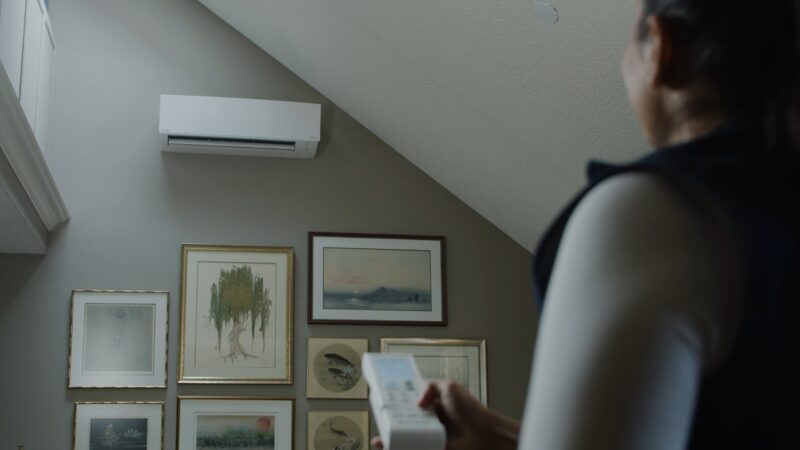
A home inspector needs to check the electrical, plumbing, and heating/cooling systems. Active utilities are essential for a complete and accurate inspection.
Inspectors cannot fully assess systems like plumbing, electrical, and HVAC without active utilities, potentially delaying the inspection process.
Provide Clear Access to Areas Like the Attic, Basement, and Electrical Panels
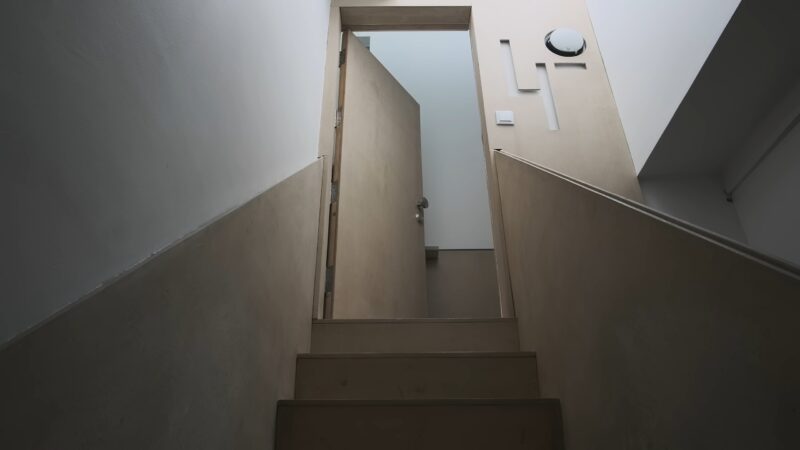
Inspectors require unobstructed access to assess these critical areas thoroughly for any signs of issues or damage.
Obstructions can hide critical issues, leading to missed defects that could cost more in the long run.
Replace Any Burned-Out Light Bulbs
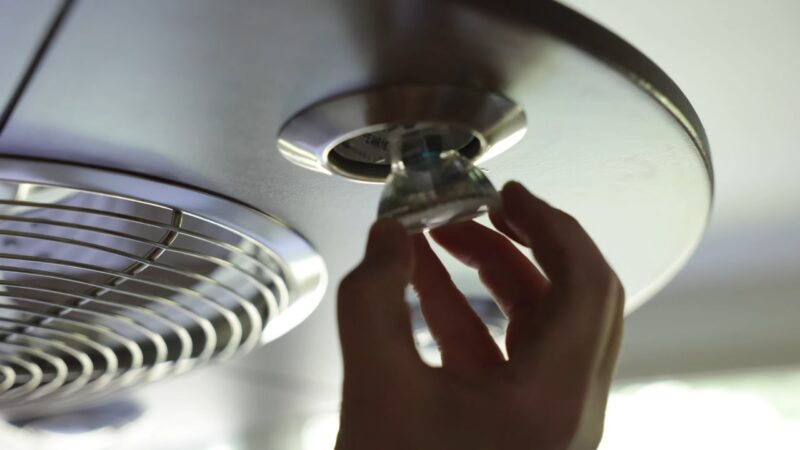
Working light bulbs help inspectors easily evaluate the home, ensuring no area remains unchecked due to poor lighting. This simple step completely changes the image of the property that is inspected.
A well-lit home not only facilitates a smoother inspection but also creates a positive impression, suggesting well-maintained property.
Test Smoke and Carbon Monoxide Detectors
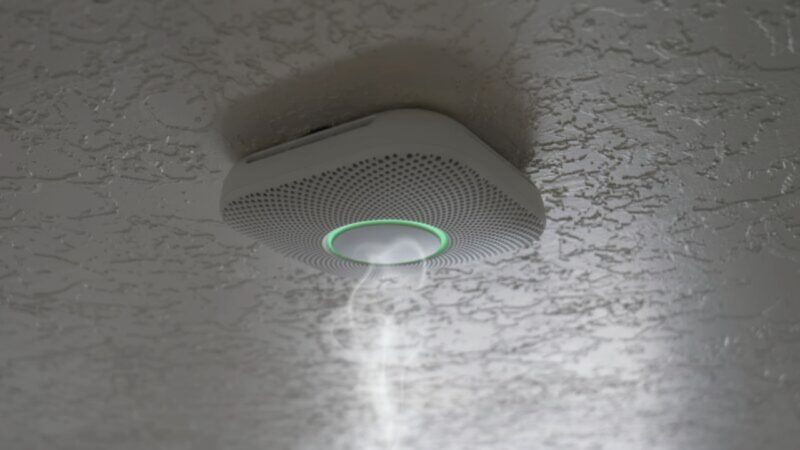
Functional detectors are crucial for home safety. This step verifies their operational status and compliance with safety standards.
Functioning detectors are often a legal requirement, and ensuring they work properly can expedite the inspection process.
Replacing batteries in these appliances will save time and improve the property image.
Check That All Doors and Windows Open and Close Properly
Smooth operation of doors and windows indicates well-maintained frames and functioning security mechanisms.
Properly functioning doors and windows can significantly enhance a home’s security and energy efficiency.
Additionally, how well windows and doors are sealed affects the indoor temperature and determines if further renovation is necessary.
Clear Any Blockages in Gutters and Downspouts
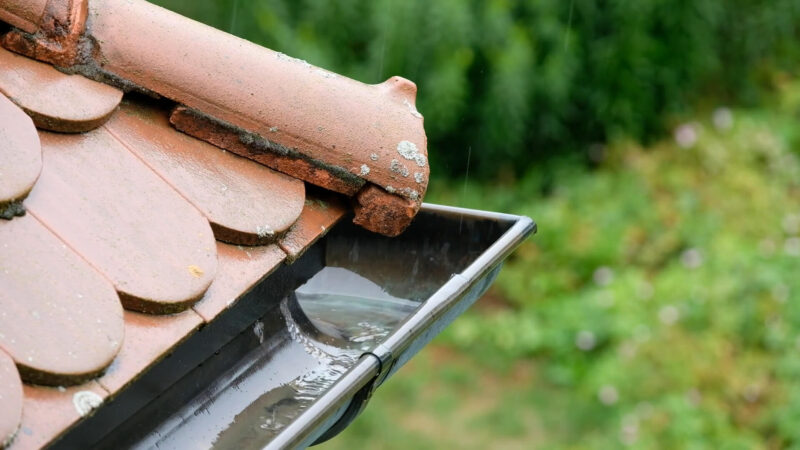
Ensuring gutters and downspouts are clear prevents water damage and demonstrates regular maintenance of the home’s exterior drainage system.
Regular cleaning of gutters and downspouts can prevent water damage and foundation issues, saving homeowners from costly repairs.
Trim Vegetation Away From the Exterior of the House
Overgrown vegetation can cause damage to the home’s structure and obscure potential issues from the inspector’s view.
Overgrown vegetation can not only damage your property but also attract pests and rodents seeking shelter.
Secure Loose Railings on Stairs and Decks

This ensures safety around the property and demonstrates attention to detail in maintaining the home’s structural integrity.
Loose railings pose a significant safety risk, and securing them demonstrates a commitment to maintaining a safe home environment.
Fix Leaks in Faucets and Under Sinks
Addressing leaks shows proactive maintenance and helps avoid negative remarks on the inspection report regarding plumbing issues.
Even minor leaks can lead to significant water waste and potentially cause water damage over time.
Replace or Repair Damaged or Missing Roof Tiles or Shingles
The condition of the roof is a significant factor in the overall assessment of the property’s condition. Repairs here can prevent water damage and improve aesthetic appeal.
Regular roof maintenance can extend its lifespan and prevent leaks, improving the home’s overall value.
Ensure the Heating and Air Conditioning Systems Are Operational
Functional HVAC systems are essential for comfort and safety. This check ensures they are in good working order.
Efficient HVAC systems are crucial for comfort and can be a significant factor in the home’s energy consumption.
Clean or Replace HVAC Filters
Clean filters improve air quality and efficiency of the HVAC system, indicating regular maintenance.
Clean HVAC filters improve system efficiency by up to 15%, reducing utility bills and extending the system’s lifespan.
Organize Receipts or Documentation for Any Repairs or Maintenance

Providing documentation offers proof of the property’s regular maintenance and answers any questions about repairs history.
Well-documented maintenance history can increase a property’s marketability and trustworthiness in the eyes of potential buyers.
Remove or Secure Pets
Ensuring pets are not in the way prevents distractions and allows the inspector to focus on the evaluation without interruptions.
Pets can be a distraction during inspections, and securing them ensures a focus on the property’s condition without interruptions.
Leave Keys for Outbuildings or Electrical Boxes
Access to all parts of the property, including outbuildings and electrical boxes, is necessary for a comprehensive inspection. Without these, the inspectors will not be able to proceed further with the inspections.
Providing complete access allows inspectors to thoroughly evaluate all aspects of the property.
FAQs
Conclusion
Following the outlined steps ensures that the property is in the best possible condition for inspection, easing the process for all involved.
A well-prepared home not only aids in a favorable inspection outcome but also highlights the care and maintenance invested in the property, making it more appealing to buyers or confirming its value to sellers.
By addressing each area with diligence, homeowners go through the inspection process with confidence knowing they have taken every possible measure to present their home in the best light.
You should also learn more about the taxes you need to pay after selling a house.
I’m Tanner Murphy, a retired real estate agent from California, now writing for propertyescape.net. I simplify California’s complex real estate laws for readers, making it easier to understand and navigate the market.
Related Posts:
- Where And How To Find Abandoned Property For Sale?…
- The Pros and Cons of Investing in Real Estate Crowdfunding
- Single-Family Home Vs. Townhouse - Which Is Right for You?
- Home Price Growth Gained Momentum in February Across…
- Top 8 Home Renovation Projects That Increase…
- Record High Home Prices Lead to 4% Drop in Pending Sales







